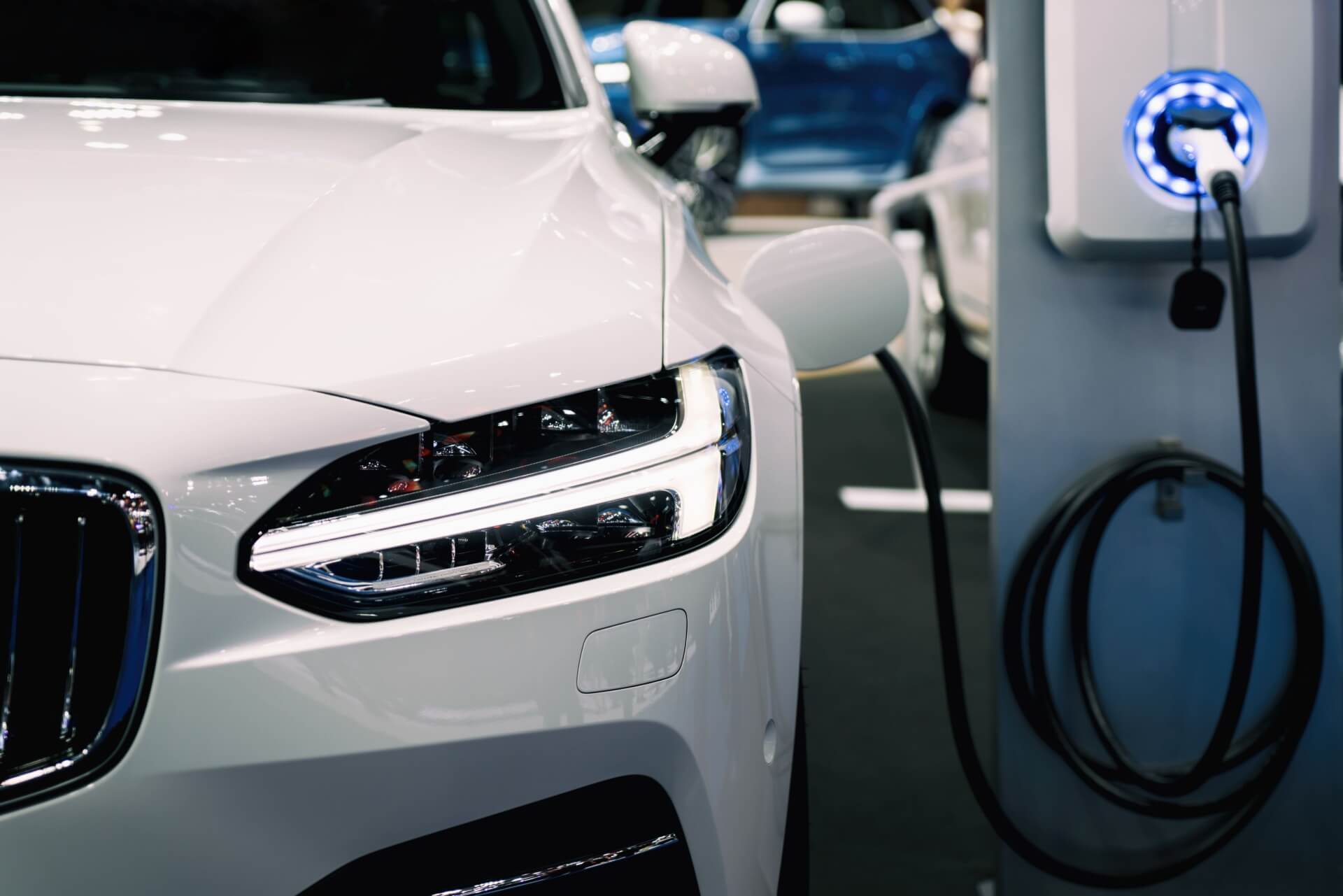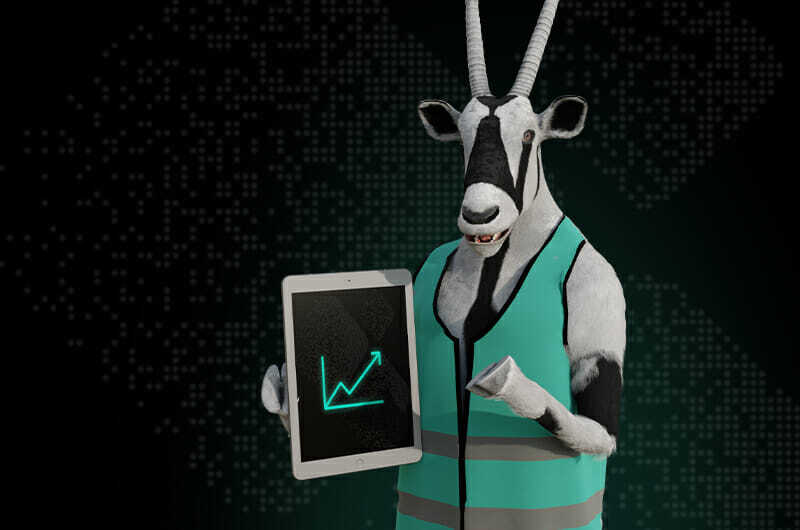Cutting-edge technology and evolving consumer demands are driving monumental changes in automotive design, purchasing, and service—ushering in an era where adaptability is key to survival. Dive into the fast lane of innovation with this guest post from our partner, Pivotree, as we explore the seismic shifts transforming the automotive industry.
While the state of the automotive industry has been status quo for the past few decades, change is running at Formula 1 speeds. Technological advancements and evolving consumer preferences, the two main drivers of this change, are reshaping the industry and ushering in an era of unmatched transformation.
From sci-fi to reality: Technology is transforming the automotive industry
The vehicles of tomorrow will bear little resemblance to those of today. Electric vehicles are no longer a novelty but a mainstream reality, with major manufacturers racing to electrify their fleets. And on the horizon loom self-driving cars, promising a future where the act of driving itself may become obsolete. The past three years have seen more innovation and disruption than the previous three decades combined and the events of 2020 only served to accelerate this momentum, pushing the industry into overdrive.
Business models that have stood the test of time are now facing obsolescence. Whether you’re a manufacturer, distributor, retailer, dealer, or service provider, survival depends on your ability to adapt and innovate.
The next big driver of change in the automotive industry – the evolving customer
A growing digital generation with increased buying power means that the automotive industry must adapt to these customers and their expectations. In today’s convenience-driven economy, customers expect nothing short of perfection in their buying journeys. The automotive industry is no exception. The digital automotive aftermarket size reached $69 billion USD in 2022 and is projected to grow by a further 13.8% by 2032.
That said, the present state of the automotive industry indicates that there’s a lot of room for improvement. From initial purchase to ongoing maintenance, the process is anything but seamless. Consumers face the frustrating ordeal of experiencing friction at various touchpoints. And this friction doesn’t just hurt consumers. Service shops and professionals face the challenge of delivering the right part to consumers at the right place and time. If they fail to do so, it results in frustrated consumers, a loss of trust, and, eventually, lost revenue.
Embracing digital on the automotive expressway
The digital space is inadvertently intertwined with the modern-day automotive customer’s journey. From acquiring an automobile to owning and utilizing it, customers’ journeys should be truly free of friction. According to McKinsey, 60% of consumers expect to make their next auto purchase through digital channels and 95% of people use digital sources to do pre-purchase research.
For that reason automotive companies need to fully embrace digital solutions, and offer a comprehensive range of products and services, from online browsing and purchasing to personalized maintenance and recommendations. To achieve this, businesses must have agile and flexible digital platforms and capabilities to achieve scale and efficacy as customer expectations continue to evolve.
Equally important to this transformation is effective data management. Companies must effectively collect, organize, optimize, and distribute product data across digital channels with accuracy, consistency, and relevance. With comprehensive and up-to-date product data, companies can improve search visibility, drive conversions, and build customer trust. Robust data management also enables companies to quickly pivot and adapt to market changes, launch new products effectively, and stay competitive in today’s fast-paced automotive market.
Drivers, start your engines!
Redefine the future of automotive retail and customer experience and learn how Pivotree and Spryker are working together to navigate innovation and digital transformation. Join us for a dynamic 30-minute livestream event with the authors.
This blog post was co-written by Sam Russo, Automotive Practice Director at Pivotree and Felix Bühner, Global Lead Automotive & Mobility at Spryker.












